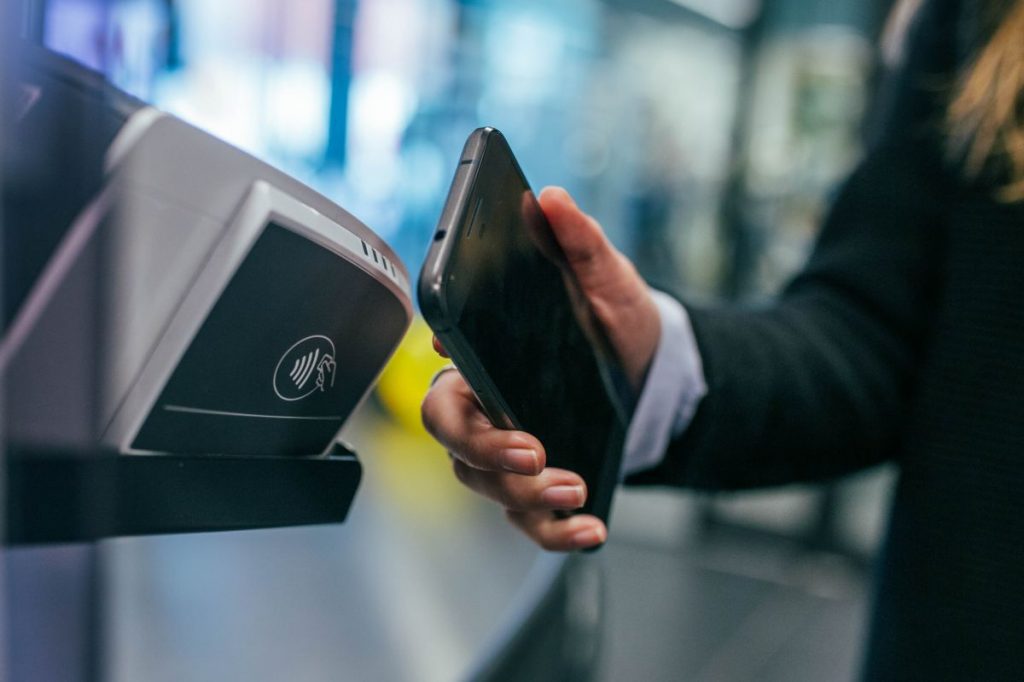
The ongoing digitization of almost every step of daily life is making smartphones and other devices the preferred payment tools for consumers. A fact that is causing digital payment volume to blossom worldwide. As noncash payment volume accelerates, the power dynamics of the payments industry are shifting further in favor of digital and omnichannel providers, attracting a wide swath of providers to the space and forcing firms to diversify, collaborate, or consolidate in order to capitalize on a growing revenue opportunity.
Precisely for that reason, the blossom in payment volume and and a rapid adoption of digital payment solutions, Business Insider has carried out a report, called The Payments Ecosystem: A Deep Dive Into the Industry’s Biggest Shifts, Trends, and Growth Drivers: to “unpack the current digital payments ecosystem, and explores how changes will impact the industry in both the short- and long-term.”
The report begins by tracing the path of an in-store card payment from processing to settlement to clarify the role of key stakeholders and assess how the landscape has shifted. It also uses forecasts, case studies, and product developments from the past year to explain how digital transformation is impacting major industry segments and evaluate the pace of change.
Finally, it highlights five trends that should shape payments in the year ahead, looking at how regulatory shifts, emerging technologies, and competition could impact the payments ecosystem.
Key findings:
- Behind the scenes, payment processes and stakeholders remain similar. But providers are forced to make payments as frictionless as possible as online shopping surges: E-commerce is poised to exceed $1 trillion — nearly a fifth of total US retail — by 2023.
- The channels and front-end methods that consumers use to make payments are evolving. Mobile in-store payments are huge in developing markets, but approaching an inflection point in developed regions where adoption has been laggy. And the ubiquity of mobile P2P services like Venmo and Square Cash will propel digital P2P to $574 billion by 2023.
- The competitive landscape will shift as companies pursue joint ventures to grow abroad in response to geopolitical tensions, or consolidate to achieve rapid scale amid digitization.
- Fees, bans, steering, or regulation could impact the way consumers pay, pushing them toward emerging methods that bypass card rails, and limit key revenue sources that providers use to fund rewards and marketing initiatives.
- Tokenization will continue to mainstream as a key way providers are preventing and responding to the omnipresent data breach threat.
This report also highlights how online payments have been spreading over the last few years to the point where more and more consumers want fast and simple payments, opening up opportunities for providers. Rising e- and m-commerce, surges in mobile P2P, and increasing willingness among customers in developed countries to try new transaction channels, like mobile in-store payments, voice and chatbot payments, or connected device payments are all increasing transaction touchpoints for providers. This growing access is helping payments become seamless, in turn allowing firms to boost adoption, build and strengthen relationships, offer more services, and increase usage.
“But payment ubiquity and invisibility also comes with challenges,” pointed out Business Insider as “gains in volume come with increases in per-transaction fee payouts, which is pushing consumer and merchant clients alike to seek out inexpensive solutions — a shift that limits revenue that providers use to fund critical programs and squeezes margins. Regulatory changes and geopolitical tensions are forcing players to reevaluate their approach to scale. And fraudsters are more aggressively exploiting vulnerabilities, making data breaches feel almost inevitable and pushing providers to improve their defenses and crisis response capabilities alike.”
HedgeThink.com is the fund industry’s leading news, research and analysis source for individual and institutional accredited investors and professionals






































